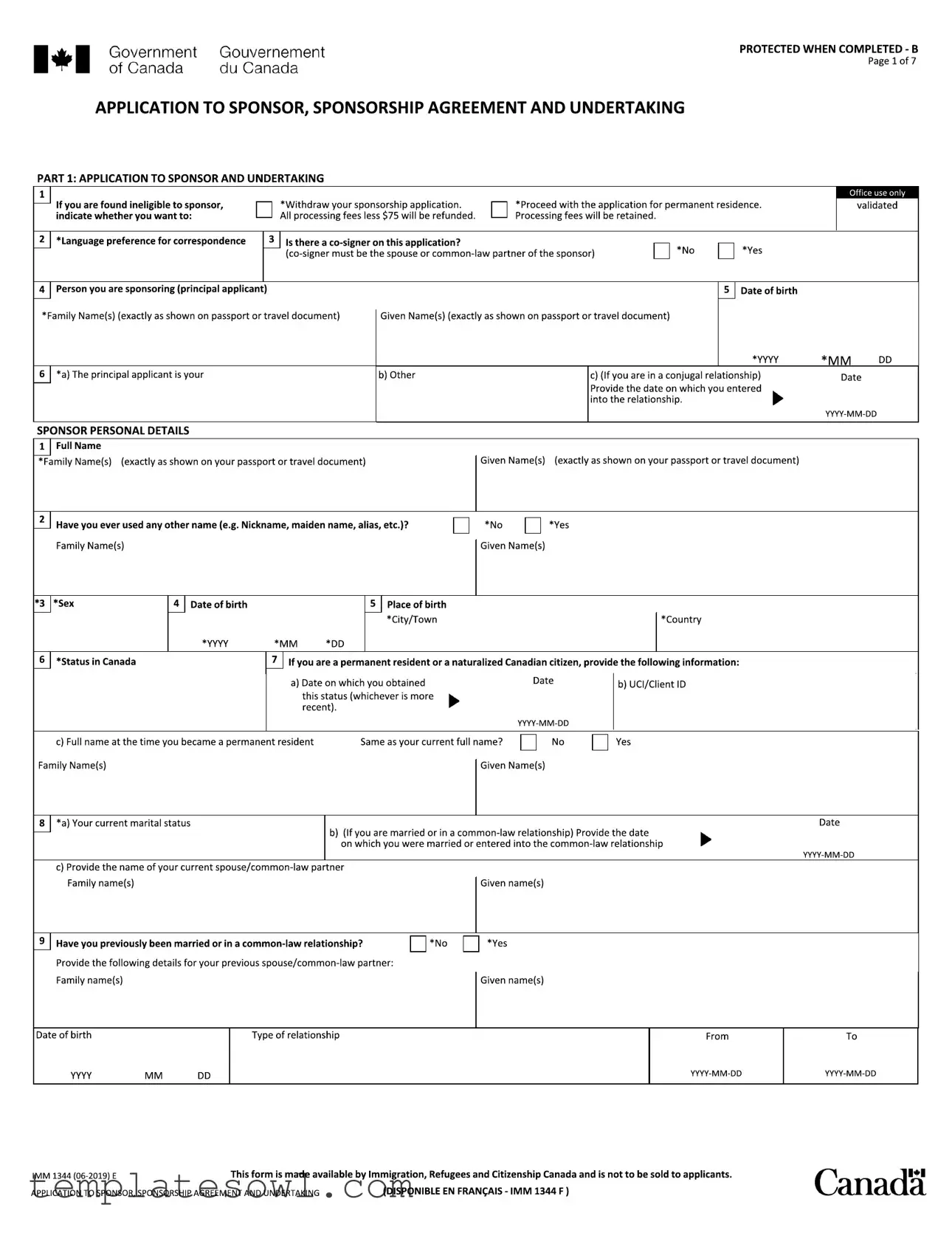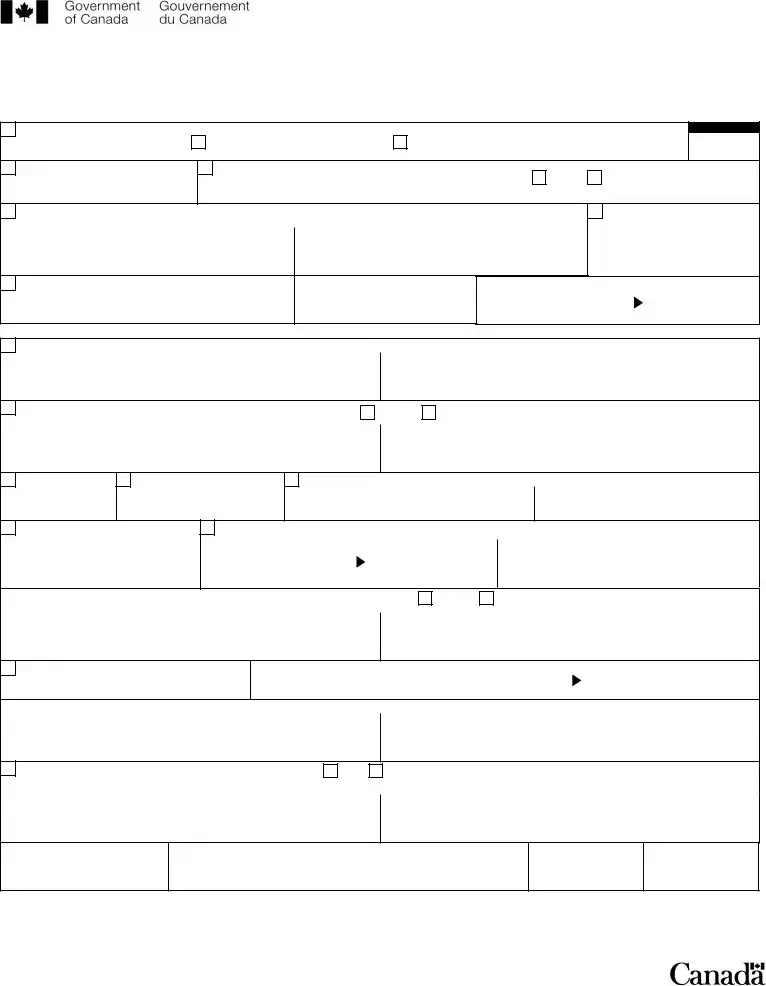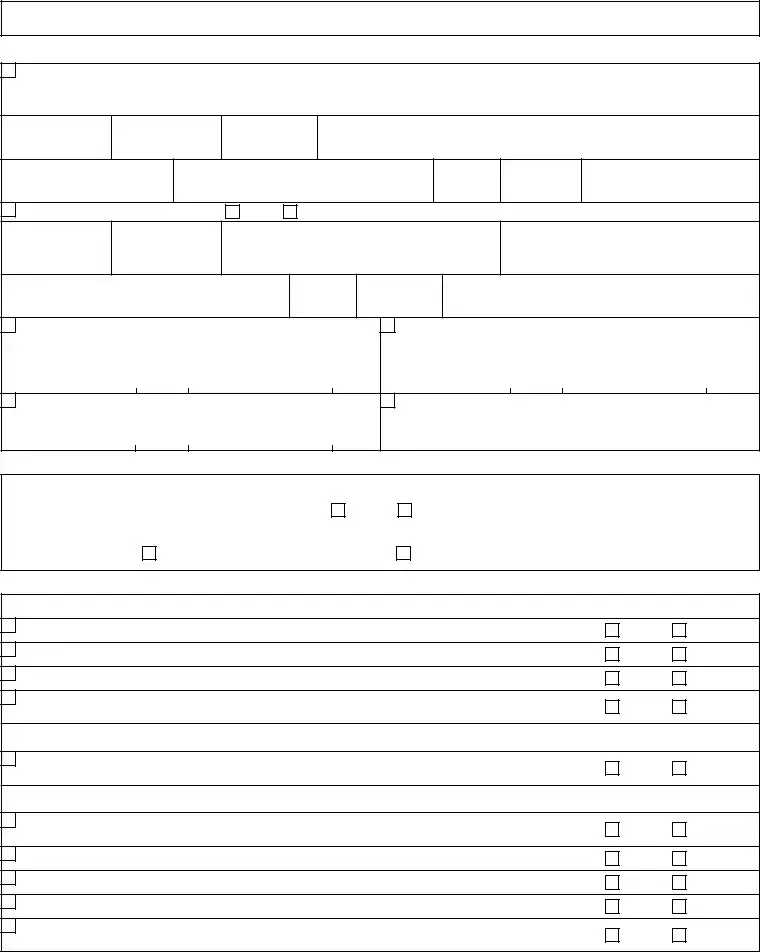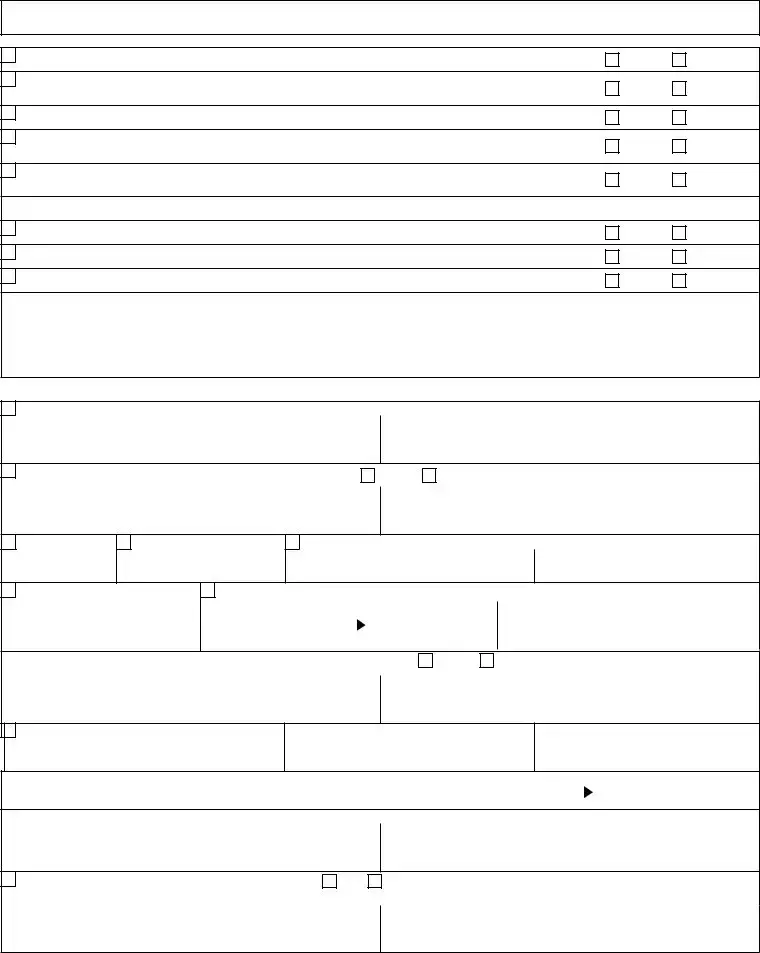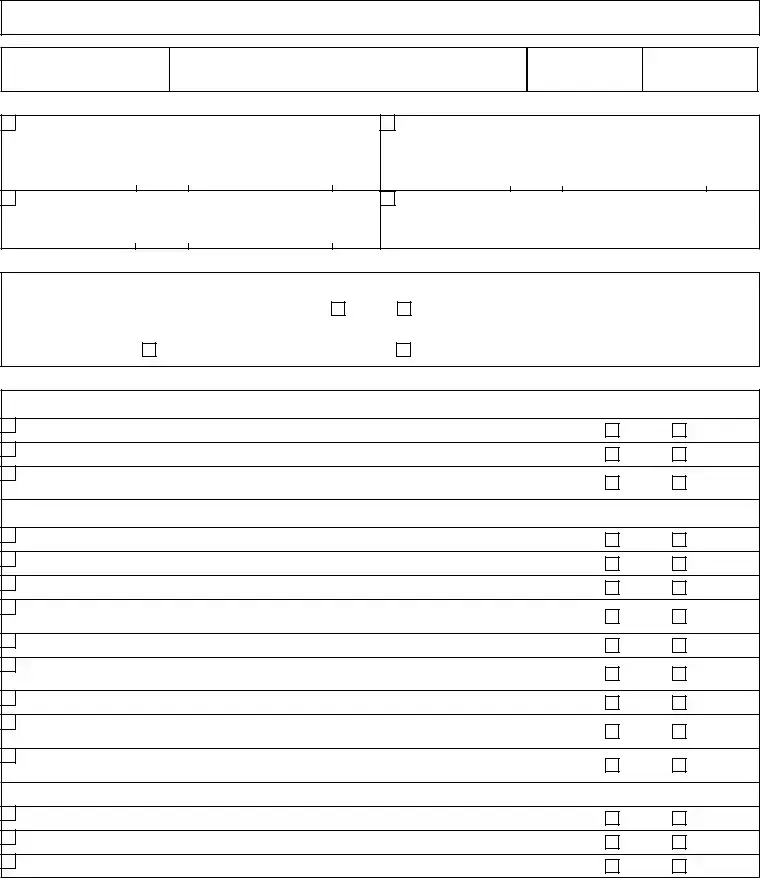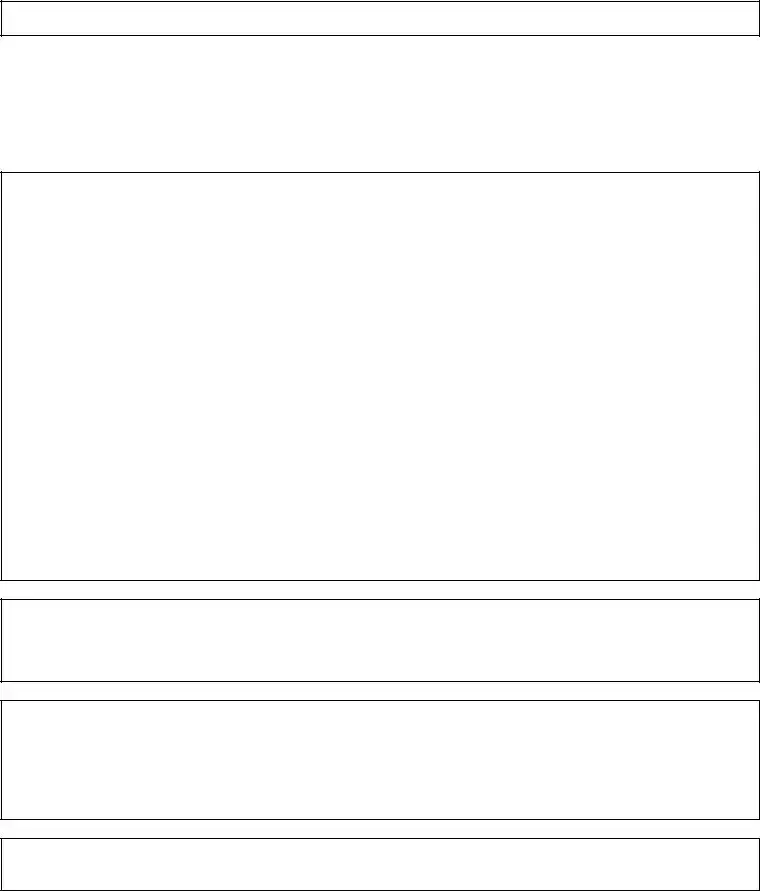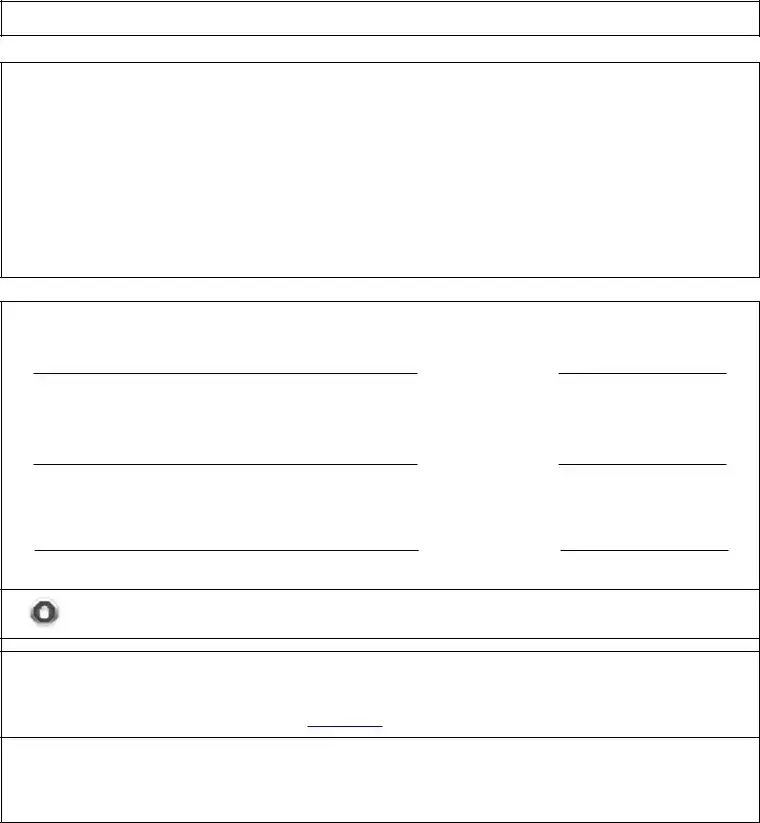What is the IMM 1344 Application form?
The IMM 1344 Application form is a document provided by the Government of Canada for individuals looking to sponsor a family member or partner for permanent residency. This form includes the Sponsorship Agreement and Undertaking, which outlines the responsibilities of the sponsor. Completing this form accurately is vital to ensure a smooth application process for the principal applicant's immigration case.
Who can use the IMM 1344 form to sponsor someone?
To sponsor someone using the IMM 1344 form, you must meet certain eligibility criteria. You need to be at least 18 years old, a Canadian citizen or permanent resident, and residing in Canada (or planning to live here when your partner is granted permanent residency). Additionally, you must be sponsoring someone who qualifies under the family class or as a spouse or common-law partner in Canada. Any previous sponsorship issues or bankruptcy status can affect your eligibility, so it's essential to review the criteria carefully.
What happens if my application is found to be ineligible?
If your sponsorship application is deemed ineligible, you will have options. You can either withdraw your application, which allows for a refund of all processing fees except for a $75 administration fee, or you can choose to proceed with the application for permanent residence, in which case the processing fees will be retained. It is crucial to understand the implications of your choice to avoid unnecessary complications later on.
What information do I need to provide on the IMM 1344 form?
When filling out the IMM 1344 form, you will need to provide a variety of personal details. This includes your full name as displayed on your passport, your marital status, and your status in Canada. You must also include information about the person you are sponsoring, such as their full name, date of birth, and relationship to you. Accurate and complete information is essential, as incorrect details can delay processing times.
Can I provide my email address for communication regarding my application?
Yes, you can provide your email address on the IMM 1344 form. By doing so, you authorize the authorities to send all correspondence, including personal information and updates about your application, directly to your email. This can make communication easier and faster. However, ensure your email is secure to protect sensitive information.
Is it necessary to have a co-signer for the application?
A co-signer is not a requirement for all applications, but if you choose to include one, they must be your spouse or common-law partner. If a co-signer is present, additional information about their relationship with the primary sponsor and their financial situation may be needed. Having a co-signer can strengthen your application, but it's important to consider if this is right for your situation.
What should I do if I have questions while filling out the IMM 1344 form?
It's perfectly normal to have questions during the application process. You can refer to the official Government of Canada website for guides and resources that provide clear instructions. Additionally, consulting with an immigration professional or lawyer can provide personalized guidance tailored to your specific circumstances. Being proactive in your understanding can greatly enhance your application experience.
